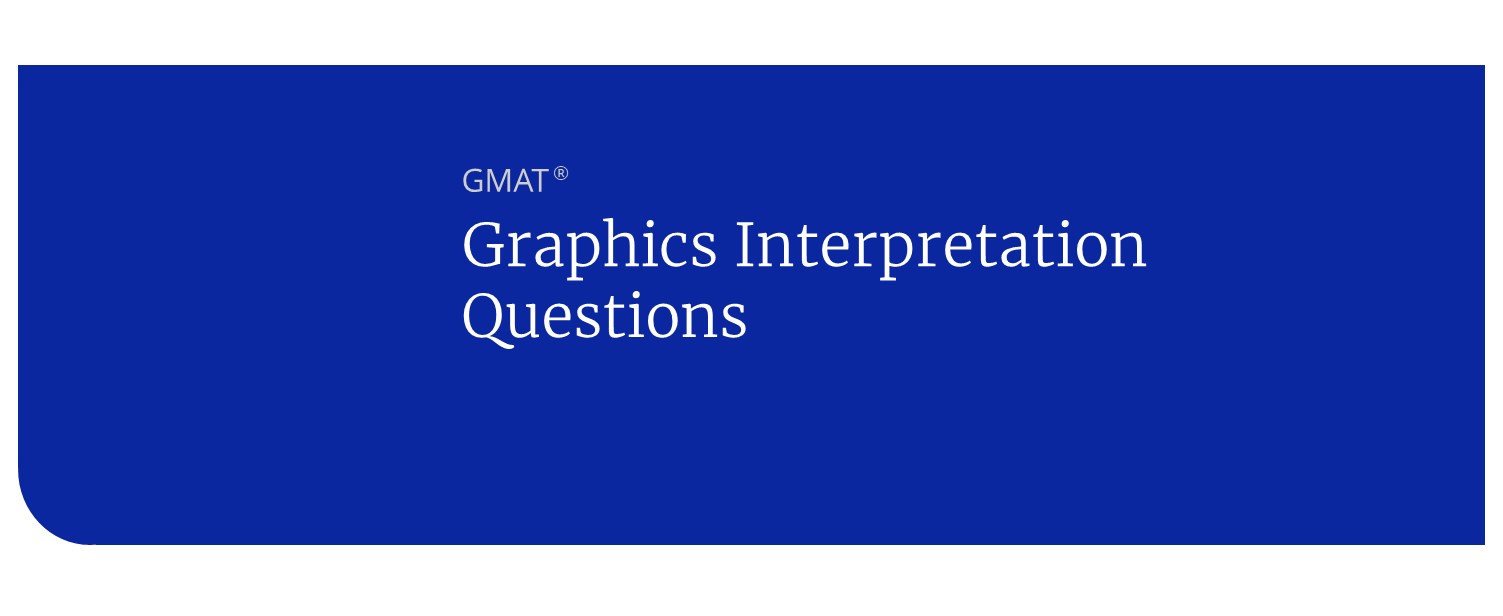5 Steps for Graphics Interpretation Questions on the GMAT
Analyzing graphs, including pie charts, column graphs, scatterplots, and more, is a key skill to possess on the GMAT. Being able to interpret problems that use graphs in different forms will be crucial for your Data Insights score and overall GMAT score. You will be given a statement with two blanks. Fill in each blank with one of several choices presented to you in a drop-down menu.
This article covers five strategies for interpreting graphics questions on the GMAT.



